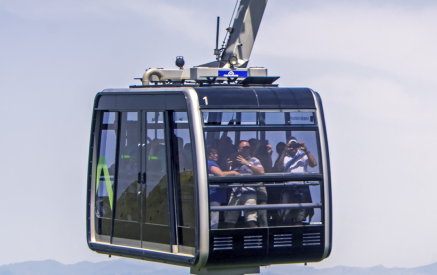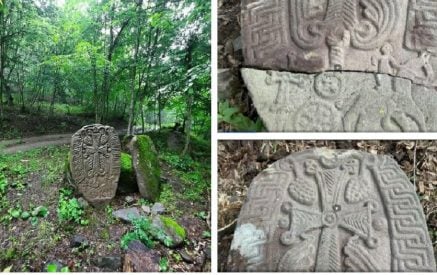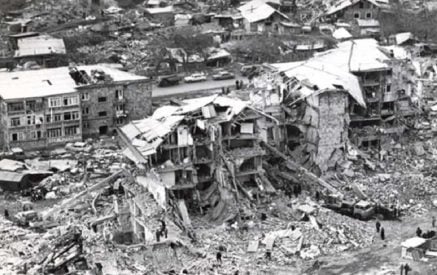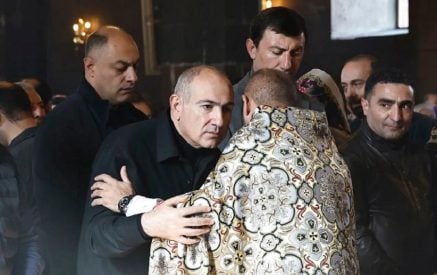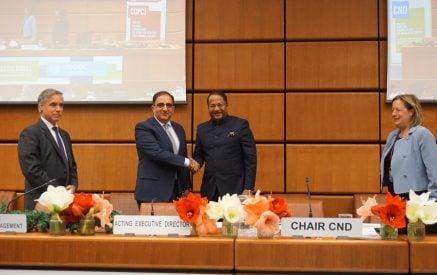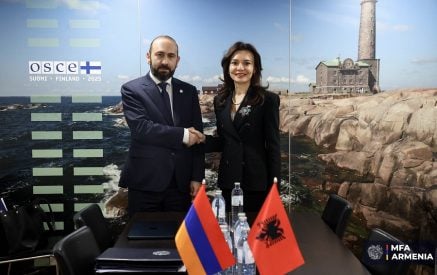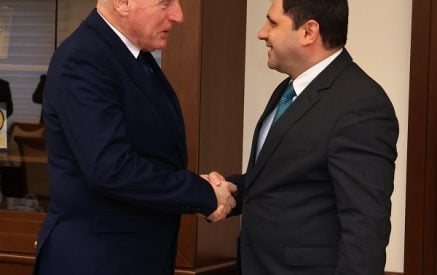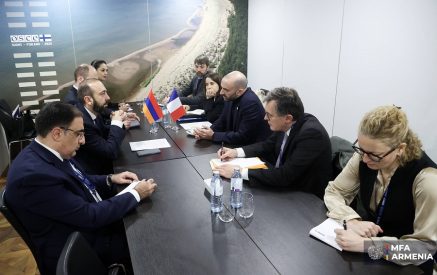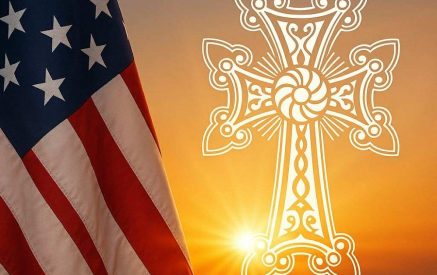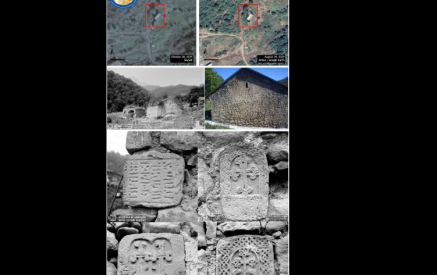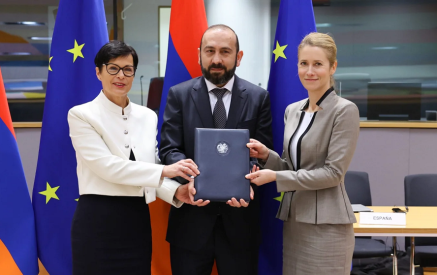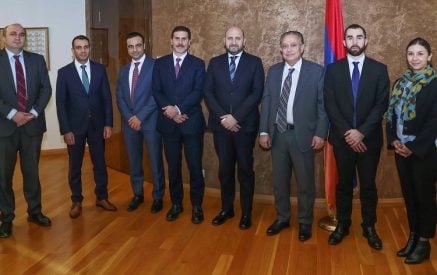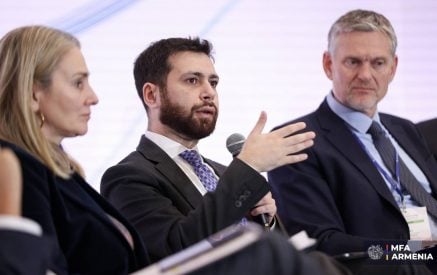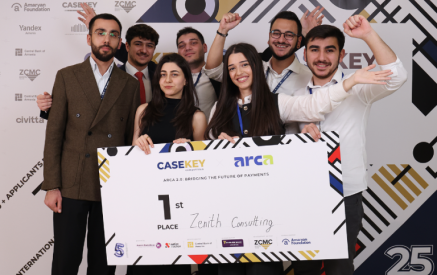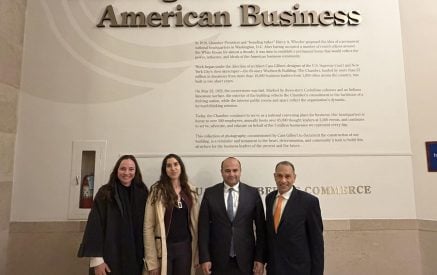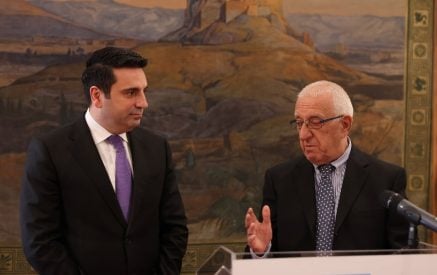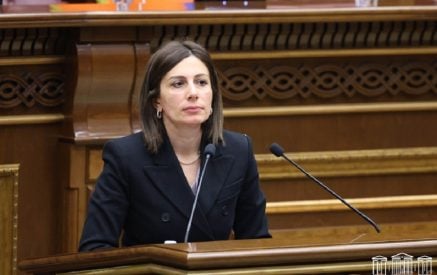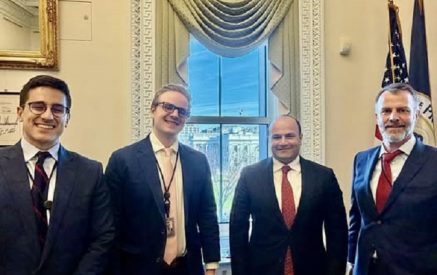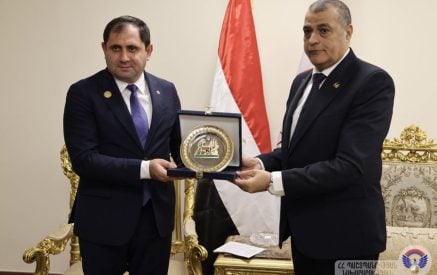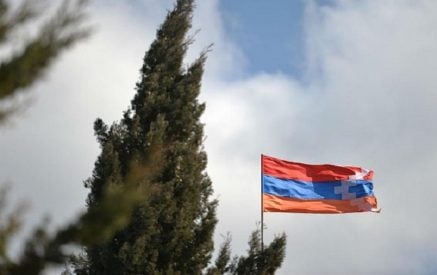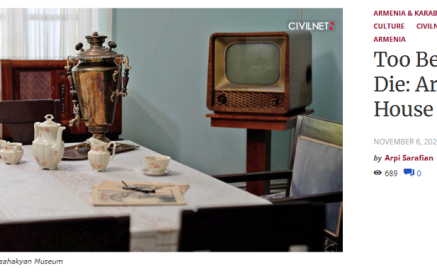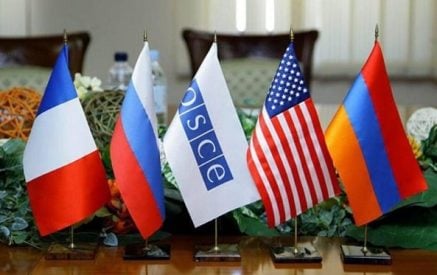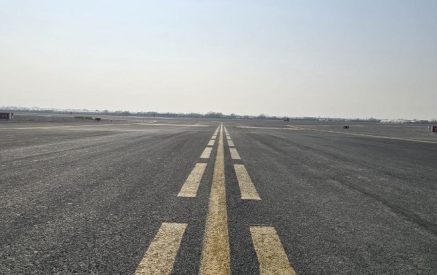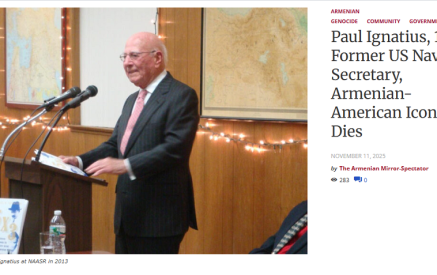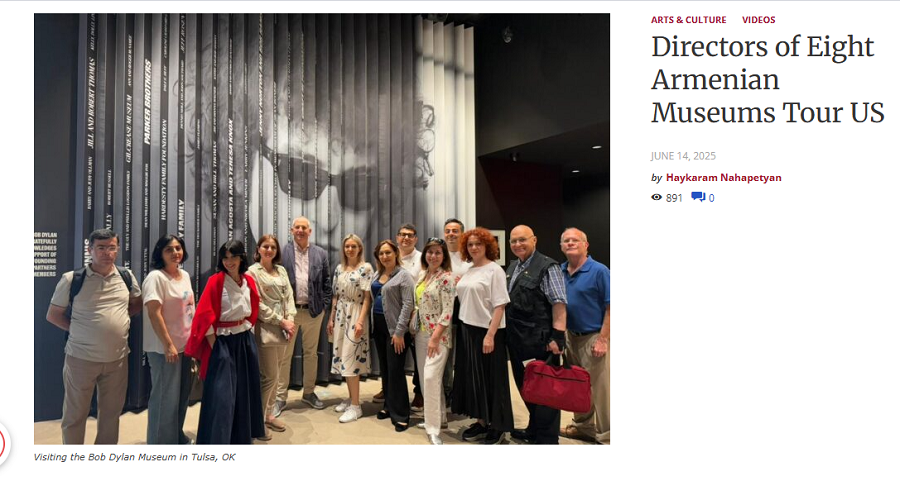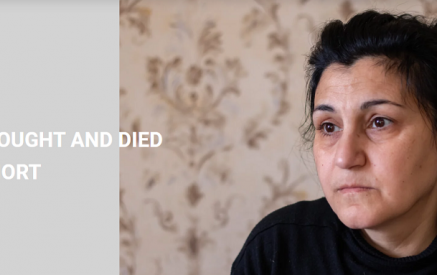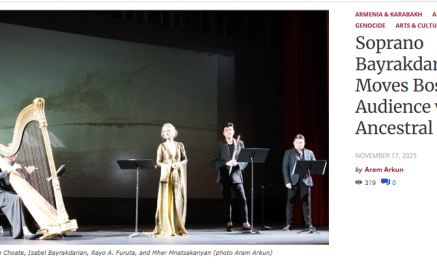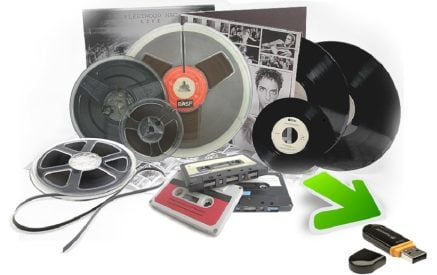WASHINGTON — Last week, the directors of eight Armenian museums — the Sardarapat Battle Museum, the National Gallery, the Sergei Parajanov Museum, the Martiros Saryan House-Museum, the Yeghishe Charents Museum, the Avetik Isahakian Museum, Khachatur Abovyan Museum and Aram Khachaturian House-Museum — came to the United States for a tour.
They visited Washington, D.C., Philadelphia and Tulsa, OK. The choice of the first two cities makes perfect sense — D.C. is home to a renowned Smithsonian institution, while the Philadelphia Museum of Art is one of the most significant establishments of its kind. But why Tulsa?
According to Hayk Mkrtchyan, head of International Partnerships at the Cultural Development Foundation of Armenia, who accompanied the group, the itinerary was a result of aligning the interests of the Armenian delegation with opportunities provided by the US State Department. American organizers included Tulsa to highlight how the cultural heritage of Indigenous peoples is preserved in Oklahoma’s museum.
“They wanted us to experience the diverse cultural fabric of the US, not just limit our visit to the major Smithsonian museums in DC or the iconic art collections in Philadelphia,” Hayk explained. “Sites like the Cherokee Heritage Center and the Bob Dylan Center in Tulsa were selected with that goal in mind.”
The IVLP (International Visitor Leadership Program) was launched by the US State Department in 1940. In the following decades, about a quarter of a million public leaders, academicians, artists, and law enforcement officials have visited the United States in the framework of the program. Hayk commented that he had worked with IVLP since 2009. Once the Armenian government launched the Cultural Development Foundation of Armenia in 2024, he, as the head of the International Partnerships desk revitalized the projects and, under the auspices of the US Embassy to Armenia, visited the US with a group of museum directors from Armenia.
Zhanna Manukyan, director of the Yeghishe Charents House-Museum, observed that while Armenia’s museums have made significant strides in recent years, noticeable differences remain between museums in Armenia and the United States. One key distinction she pointed out is the widespread use of textual displays in American museums — a feature still relatively rare in Yerevan.
“At the Holocaust Museum, for instance, the variety of written materials provided a deep and comprehensive understanding of the historical events being portrayed,” she said. “Conceptually, there are parallels we could draw with the Charents Museum, as the poet was also a victim of political repression. His arrest and death in 1937 under Stalin’s regime is a major historical event that could be presented with similar interpretive materials to create a more engaging experience.”
Armine Grigoryan, director of the Aram Khachaturian House-Museum, highlighted another difference: American museums, especially those under institutions like the Smithsonian, benefit from a broader base of donors, which allows for greater operational independence.
“Our museum directors are full of creative ideas, but often face more limited resources,” she noted. “That said, Yerevan’s museums have come a long way. They’ve evolved from being simply exhibition spaces into dynamic cultural hubs that now host concerts and a range of other events.”
When asked about how well-known Khachaturian is in the US, Grigorian acknowledged that while some of his music is recognized, much of his body of work remains underappreciated — not just in the US, but even in Armenia.
“Of course, ‘Sabre Dance’ is his most famous piece,” she said. “But we should use that recognition as a gateway to introduce audiences to the broader brilliance of his music.”
Armine brought several images of Khachaturian taken during his visits to the US in 1968 and 1972.
Making the most of the overseas visit, Armine Grigoryan — along with the other two members of the Khachaturian Trio — also performed concerts in both Washington, D. C. (at St. Mark’s Church Hall) and Los Angeles (at Zipper Hall). The programs included works by international composers, as well as pieces by prominent Armenian composers such as Aram Khachaturian, Arno Babajanian, and Edward Mirzoyan.
“Foreign diplomats, US officials, and European guests were in attendance,” Grigoryan noted. “I believe it’s our responsibility as Armenian musicians to share our culture — especially our music — with international audiences. From that perspective, it was especially meaningful to see a strong turnout of non-Armenian attendees at our concerts.”






